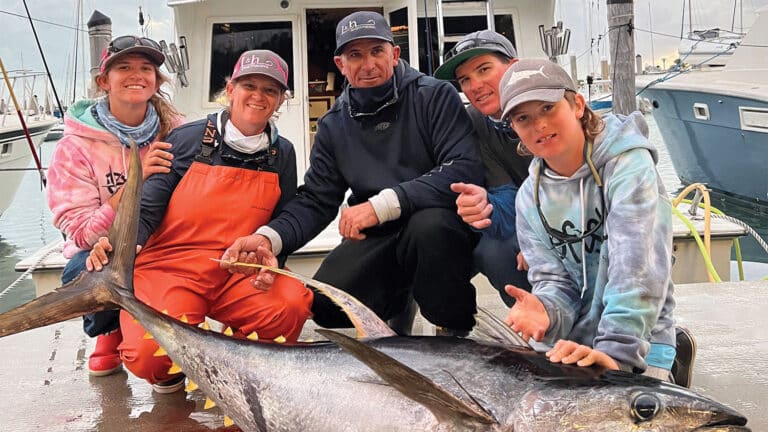Creating a plan on how the remaining lines are cleared after a hookup, and then resetting the spread after the catch, makes the difference between quick, flawless transitions and a tangled mess. You can’t afford to lose precious fishing time to simple, easily avoidable mistakes made during a tournament.
Have a team meeting in advance, either at the dock or on a practice day, to plan out who exactly will clear the lines, along with the manner and order they’re cleared in. Will the captain be circling up trying for more bites, or will the anglers be clearing lines quickly to make a fast catch? Are only the anglers clearing lines, or are the mates clearing also? Should the long baits or the short baits be brought in first? These are the details that the top teams determine ahead of time and practice as often as possible.
A limitless number of different scenarios play out in the cockpit of a sport-fisher. I often compare a good fishing team with a baseball team. In baseball, no matter where a ball is hit, all of the players on the field know where they are supposed to be and what they need to do to get the out.
And more importantly, they know that the rest of the team is backing them up. A good fishing team’s members cover each other in a wide variety of situations.
After the lines have been cleared and the fish is being fought, the mate should use that time to make sure that everything is ready to be set back out as quickly as possible. Pull down the outrigger clips or make sure the tag lines are ready, get a new rigged bait or lure out of the box, check all the other baits/lures, and check and replace baits on bridge teasers or dredges.
When it’s time to put the spread back out, let out the longest baits first, followed by the short baits, to help eliminate tangles.
Capt. Randy Baker
Destin, Florida







